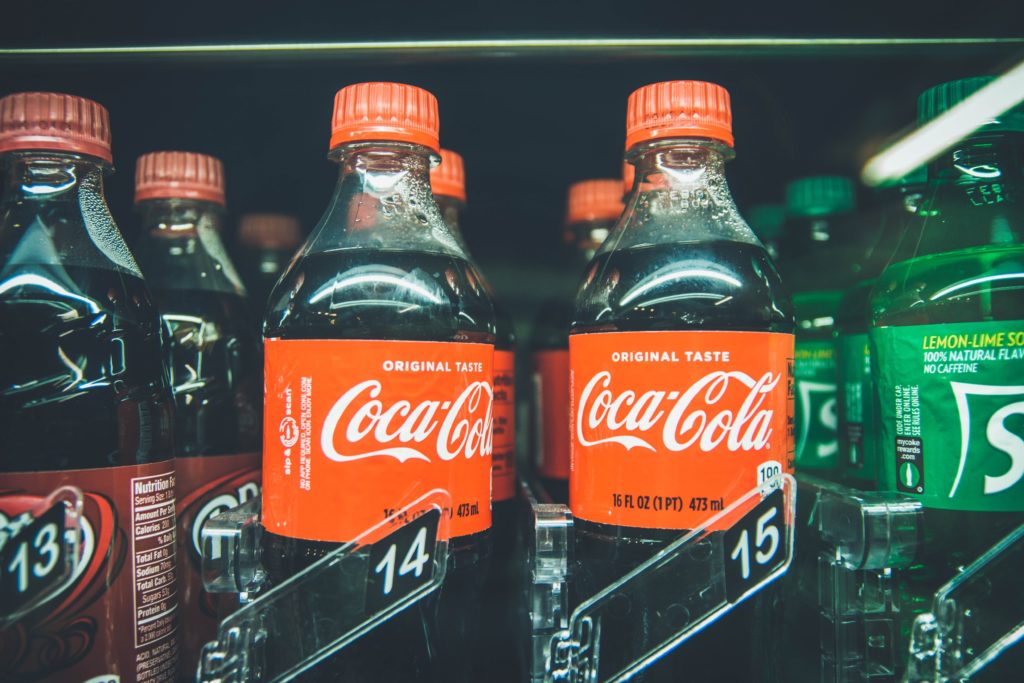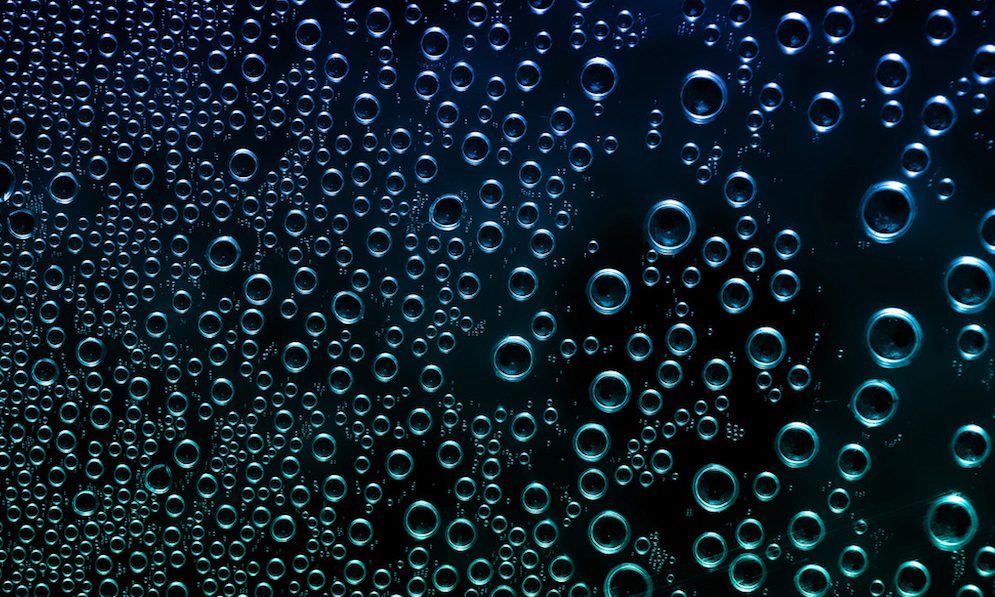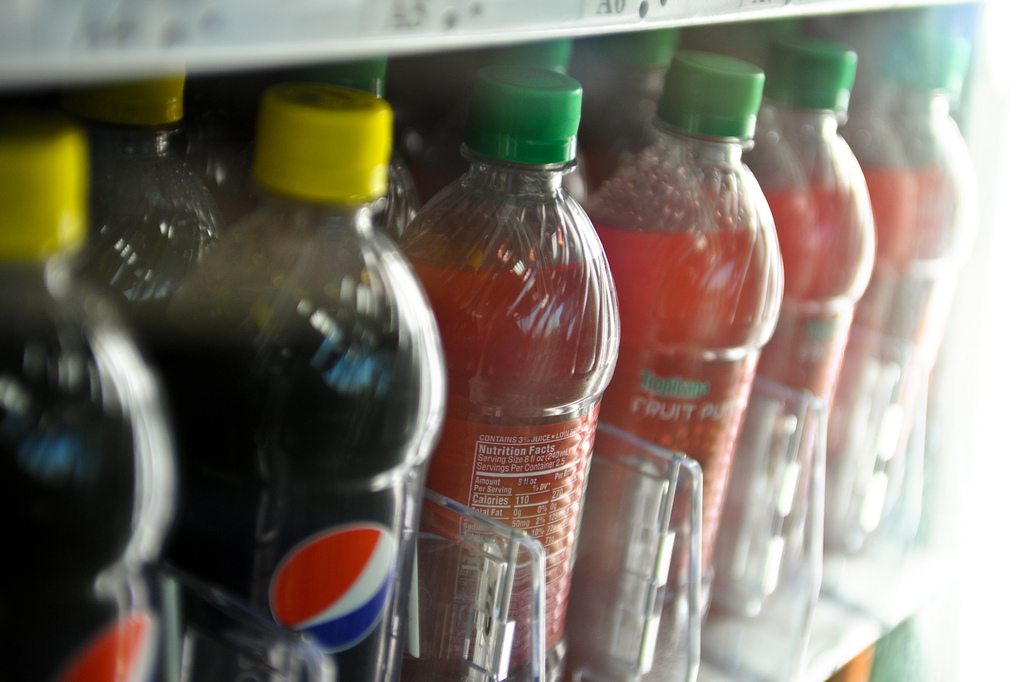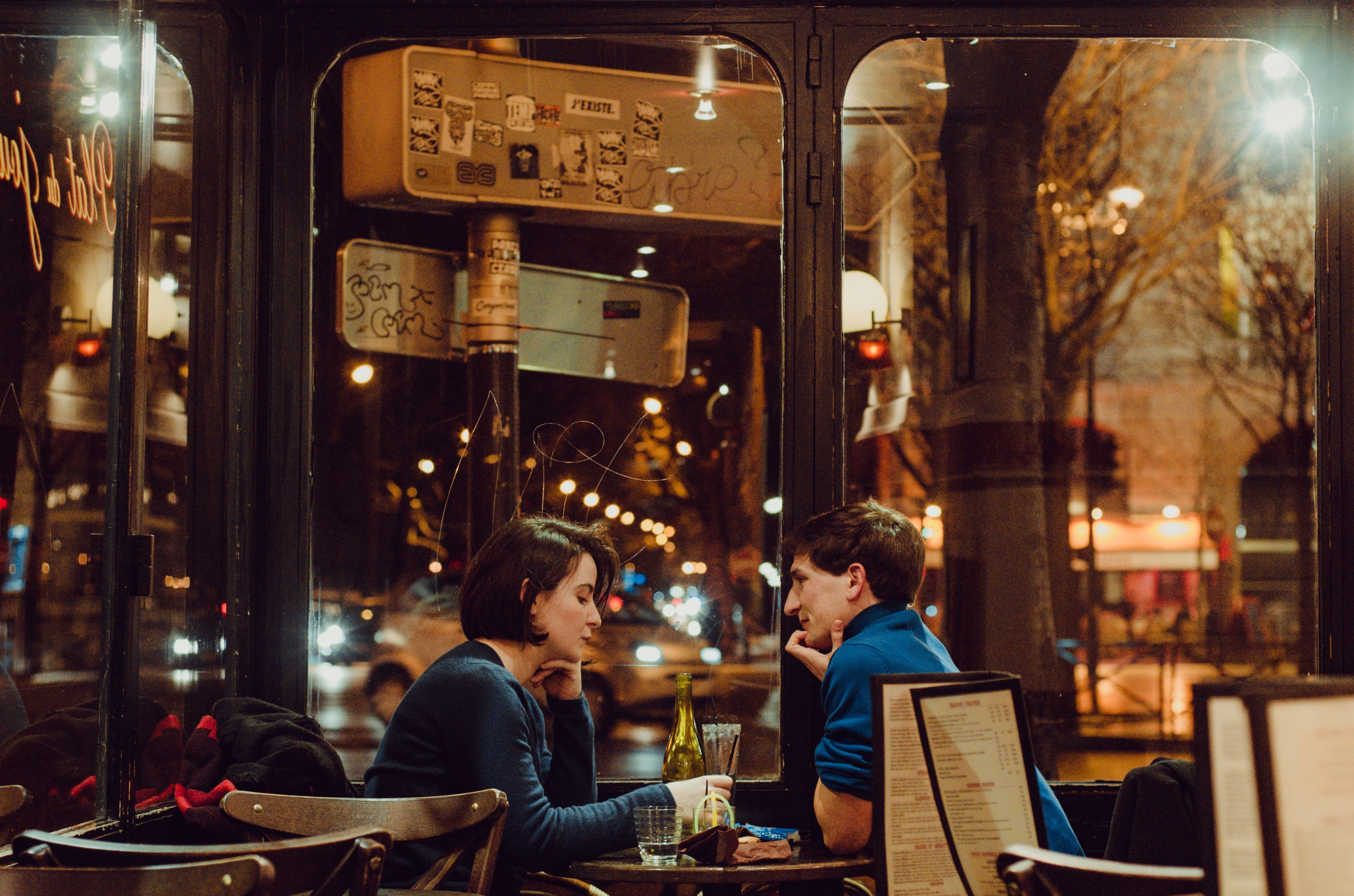In November of 2014, Berkeley, California became the first city in the country to pass a tax on sugar-sweetened beverages. The “soda tax”—a penny per fluid ounce—applied not directly to consumers, but to retailers and distributors that contracted with beverage makers. It covered sugary soda, energy drinks, juice with added sugar, and the syrups that go into sugary drinks like the Starbucks Frappucino.
In spite of robust and steady opposition from the soda industry and from retailers, who feared the financial hit they’d take after raising prices to accommodate the tax, several California cities followed suit: San Francisco, Albany, and Oakland. Boulder, Colorado and Seattle, Washington also adopted soda taxes.
For several years after, the verdict on soda-tax success was still out. In Chicago, in 2017, the tax had a short shelf life—really short. In less than a year, Chicago passed the tax, a group of retailers sued, claiming it was illegal, and lawmakers voted overwhelmingly to can it. (Would you rather I said it “fizzled?”).
And then there was Philly: one tax to rule them all. In January of 2017, Philadelphia’s soda tax, the country’s highest at 1.5 cents per ounce, went into effect. And not long after, it became the subject of intense debate over whether the public health benefit was outshined by the unintended consequences. Bloomberg reported in January that, while the tax had generated $72 million in revenue, it had also—and bear in mind this was an American Beverage Association finding—killed more than 1,000 jobs.
Interestingly, Consumer Reports noted that the Drexel researchers gave the same survey to residents of three nearby cities that hadn’t implemented a tax and found there was a slight increase in consumption. Cities close to Berkeley—San Francisco, for instance, which later passed its own tax—experienced a similar uptick in consumption shortly after its tax was implemented. That’s a finding that can be interpreted in one of two ways, both of which have been floated by opposing sides. First, it could indicate that when a municipality passes a soda tax it has a strong enough effect on the local population’s consumption habits to prove that the tax impacts public health outcomes in a positive way. And second, it can also indicate that when folks can’t get their fix in a soda-tax city, they’ll go elsewhere to buy it.
So, what does all this tell us? Well, you take the good, you take the bad, you take them both and there you have … the tax of life? Kinda. But really: Philadelphia is an excellent case study. Yes, consumption is down. And yes, some numbers show sales and employee hours are, too.
Overall, calculating its success is a pretty basic math problem. Take the 1.5-cent soda tax, add $79 million to the city budget, 2,000 preK seats, and 11 community schools. Bottom line? You decide.
CORRECTION: An earlier version of this story said the soda tax added $79 million to the local economy. More accurately, $79 million was added to the city budget.











